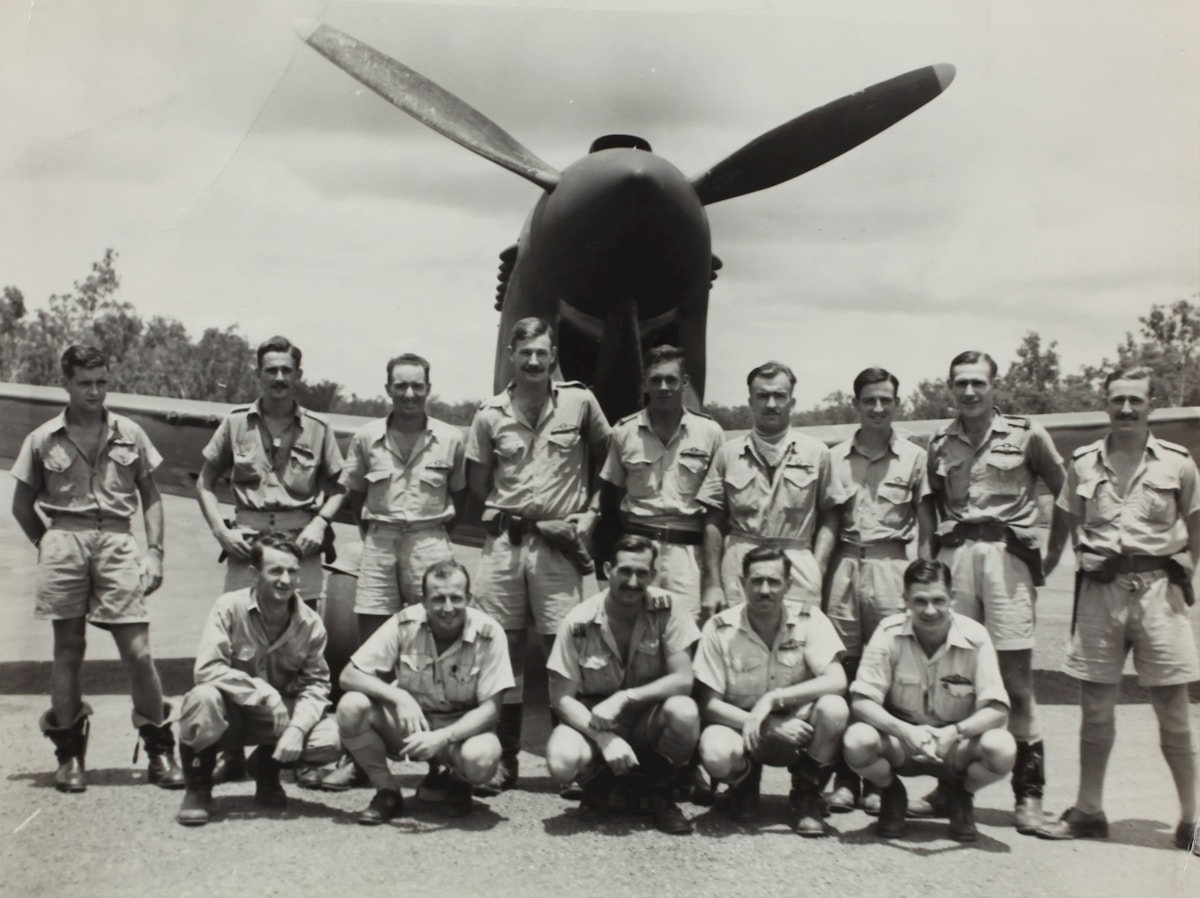Exhausted Troops and Depleted Supplies : Germany's Failed Last Stand at the Battle of the Bulge
By late 1944, the German war effort was on fumes, and the Allies had retaken much of the land acquired through the German Blitzkrieg. With depleting supplies and the Allies quickly advancing across France, Germany took a last stand at the Battle of the Bulge.
By this time, the front had advanced east near the border of Germany, Luxembourg, and Belgium. With hopes of penetrating through and encircling Allied troops in a move similar to what happened in Normandy, the desperate German high command launched a targeted offensive at a weaker part of the Allied line.
Initially, the Germans amassed a force of 400,000 men, 1,400 tanks, 1,000 aircraft, and several other assists such as artillery and armored fighting vehicles. Additional German troops later arrived to bolster the ranks, adding 50,000 more men and other equipment of the likes of tanks and assault guns.
The Americans, totaling a force of 600,000 men with thousands of tanks and other weaponry, bore the brunt of the attack.
German troops advancing past abandoned American equipment
However, the initial Allied numbers were much smaller, as many troops arrived halfway through the Battle of the Bulge to reinforce those first to the fight. Additionally, as the Allies rapidly expanded across Europe, troops were exhausted and supplies were dangerously low. Furthermore, the Allied supply lines were under intense strain and struggled to keep up with the speed of the advancing line.
On December 16, 1944, a German surprise attack officially began the Battle of the Bulge. The Germans chose this day due to poor weather conditions that neutralized Allied air superiority. American troops sustained heavy casualties and gave up ground to the Germans. However, the Germans also suffered heavy losses due to Allied bombings damaging many tanks and aircraft beyond repair.
Until December 24th, the Germans had found relative success pushing back the Allied forces as they scrambled to mount a proper defensive effort. The result was a large ‘bulge’ in the front line of the Western front, giving the battle its unusual name. The U. S. 2nd Armored Division on the 24th stopped the Germans southeast of Dinant, marking the furthest west German forces would ever reach.
The weather began clearing up on the 24th as well, and soon Allied aircraft decimated German supply lines, strangling the front line from resources.
The situation for the Germans worsened as the U. S. Third Army swung up from the South and severed the German front at the base of the bulge, trapping thousands of Germans soldiers and tanks. Although several Panzer units attempted to break out of the encirclement, they found little success.
After another month of fighting, the frontline had returned to its location before the desperate German assault. During this stagnant stage of the battle, the Luftwaffe planned Operation Bodenplatte, the last large-scale strategic offensive operation to take control of the air which would allow the Germans to resume their western advance.
Despite some initial success, Germany's losses far outweighed that of the Allies. The Allies replaced all of their damaged planes within a week, while Germany lost its most experienced and irreplaceable pilots. Historians consider the operation a failure since the Germans could not stop the aerial bombardment of the Allies on the German Army.
The Battle of the Bulge severely depleted Germany’s resources and they never fully recovered. In total, the Germans suffered losses of roughly 75,000 men and 500 tanks, while the Allied forces lost around 90,000 men and 700 tanks.
Around 3,000 civilians were killed in the conflict,the bloodiest battle fought by the Americans during World War II. The failure of the German offensive at the Battle of the Bulge all but confirmed the end of the war for Germany.
For the rest of the conflict, German troops would be tasked with a last ditch effort to defend their homeland from an assault by the Allies on two fronts.

